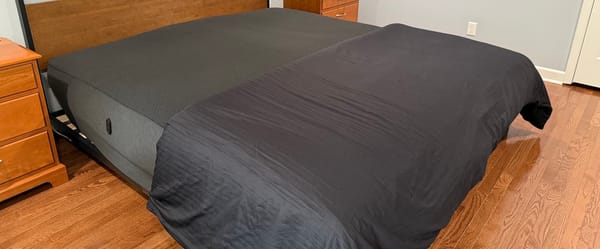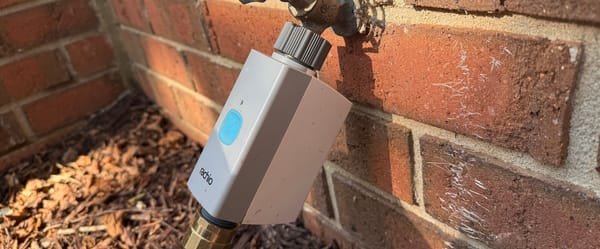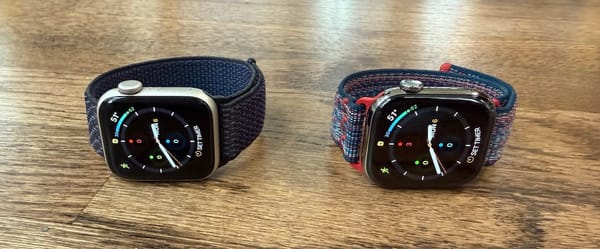Levels Health Review: Two Months of Data and My Results
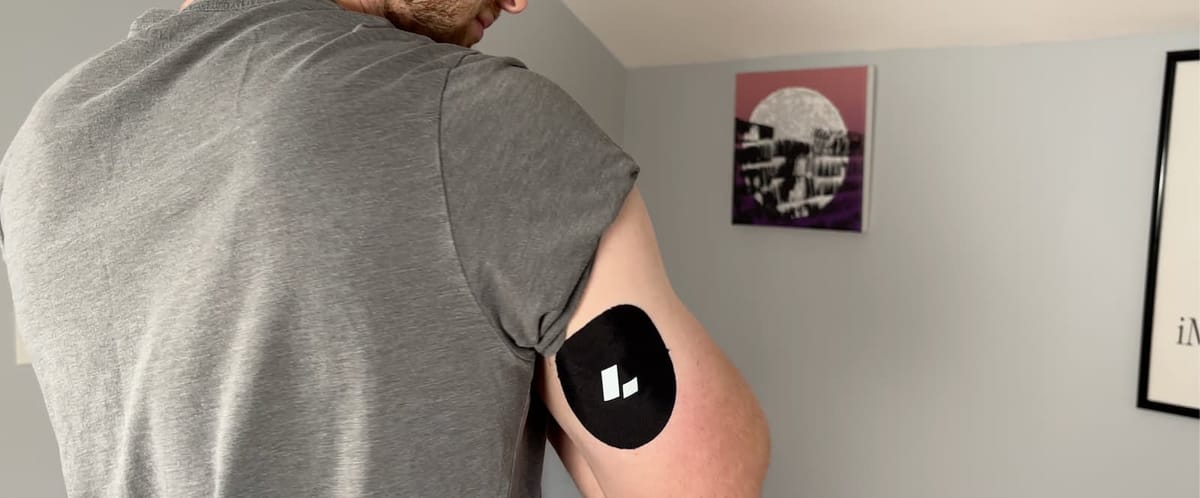
Last year, I spent two months trying Levels Health, a subscription service that lets you track how your body reacts to food using continuous glucose monitoring. It’s marketed as a tool to teach you which foods are best for your body.
My experience? I’ve had a love-hate relationship with Levels. It fed my obsession with optimization but also introduced some discomfort and tech frustrations.
A month commitment to Levels Health for $240 or a two month commitment for $480 makes sense for early adopters who are cool with a few user experience drawbacks. After a couple of months, you'll have enough data about how your body reacts to certain foods, then you can make adjustments to your lifestyle.
On the other hand, a yearly subscription to Levels would be overkill for most because aside from being mentally taxing, it'll cost more than $2,000.
In this review, I'll walk you through the initial setup, the app's workings, the hurdles I faced, the things I learned about my body, and how Levels will periodically fit into my health routine.
TL;DR (7/10 Rating)
Who Should Sign Up For Levels:
- You want to see how specific foods impact your body
- You want to optimize exercise and meal times
- You like using data to improve your health
Who Should Avoid Levels:
- You’re uncomfortable with wearing a sensor under your skin
- You're not ready to change your current routine
- You don’t like tech taking over your life
- You already use a CGM
Setting Up Levels
Levels provides a month supply of CGMs (three Dexcom G7 sensors) for $200, which are used to gather glucose data from your body. Levels suggests placing the sensor between your triceps and delts.
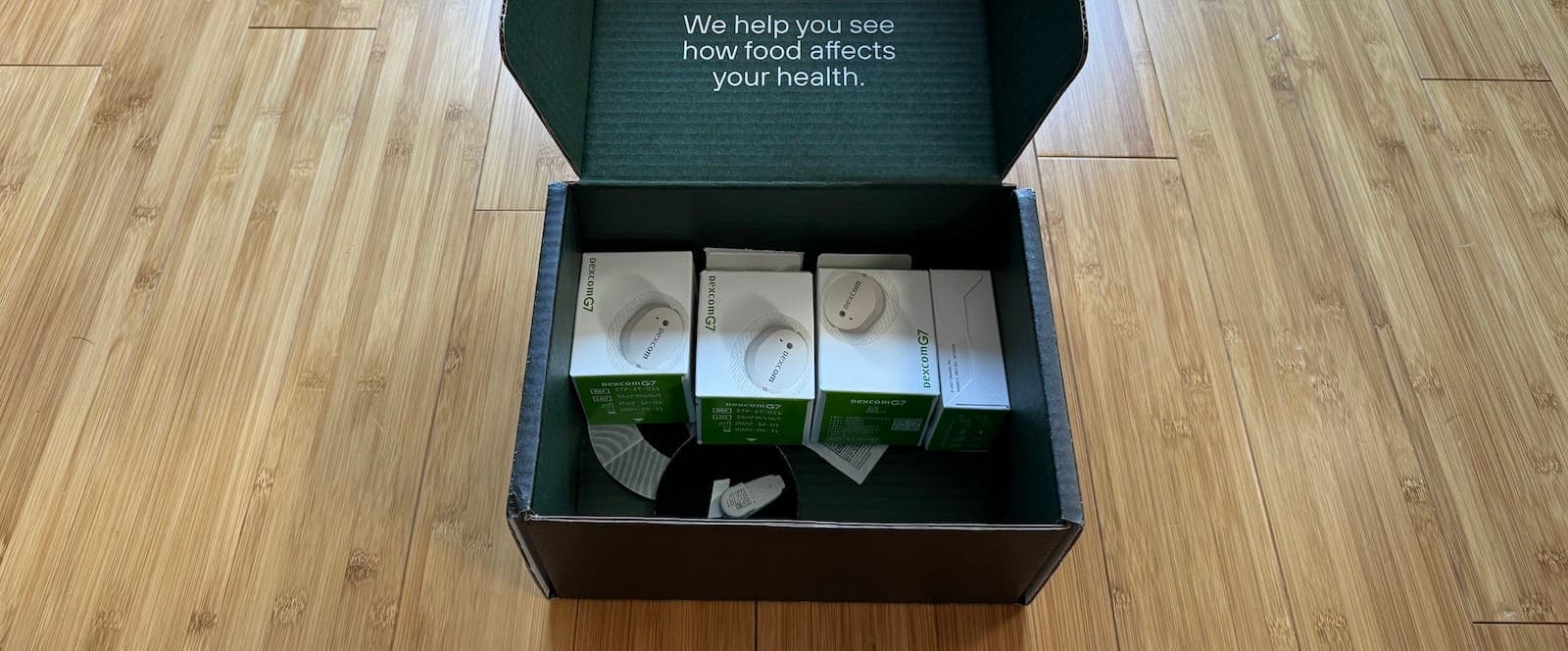
Following a quick clean with an alcohol wipe, a button-push inserts a needle and thread-like material into your skin, then the Dexcom G7 sensor needs a 30-minute warm-up period. Of the six sensors used, only two were slightly uncomfortable during insertion; the rest went in my skin unnoticed.
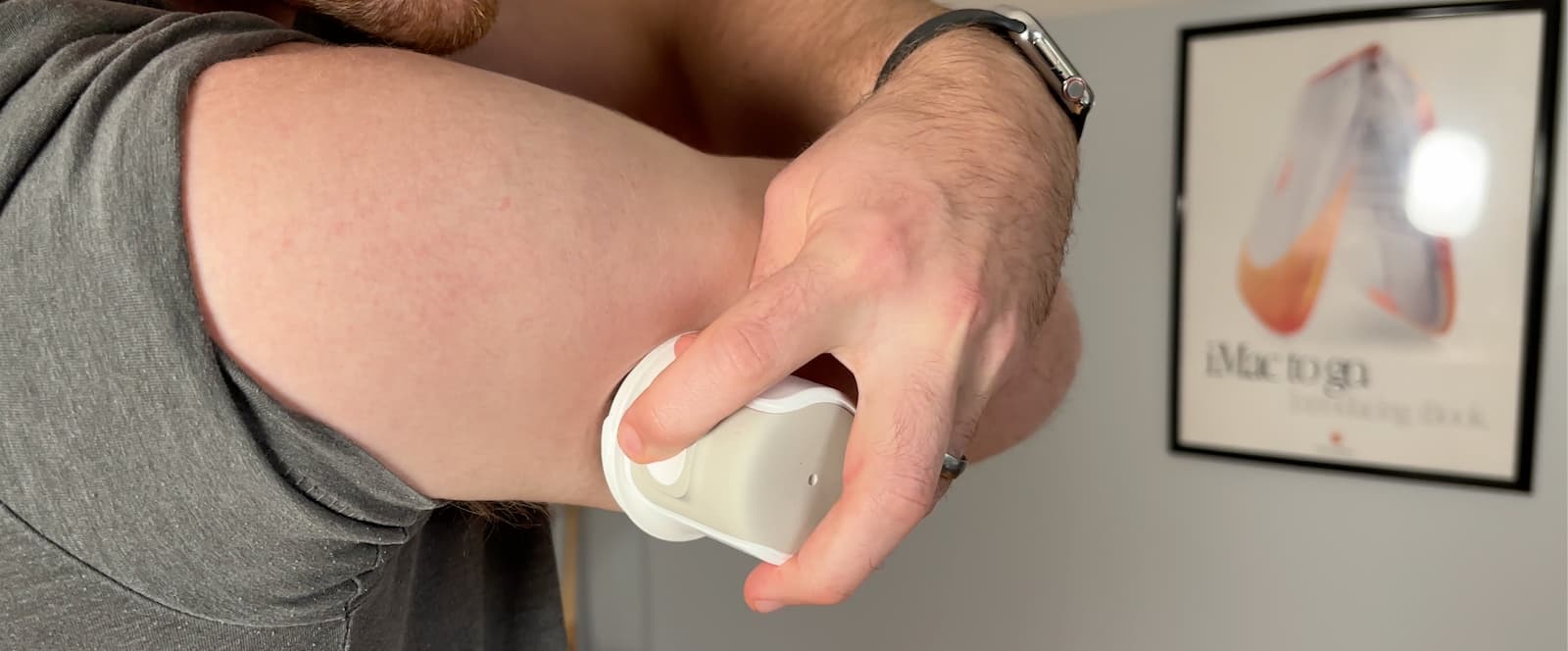
To sync sensor data to your phone, you’ll need the Dexcom G7 app, which then exports to the Levels app for analysis. Ideally, it'd be smoother if the data synced directly to the Levels app, without a third-party, because using two apps adds inconveniences like unnecessary emergency alerts.
In my experience, the data accuracy is shaky for the first 48 hours, with glucose readings sometimes off by up to 20%. After a couple of days, the data stabilizes within a 10% error margin.
The comfort varies based on sensor placement and body type. A slight deviation toward the muscle made it more noticeable and annoying during weight training. About half of the sensors caused mild discomfort, while the others were fine.
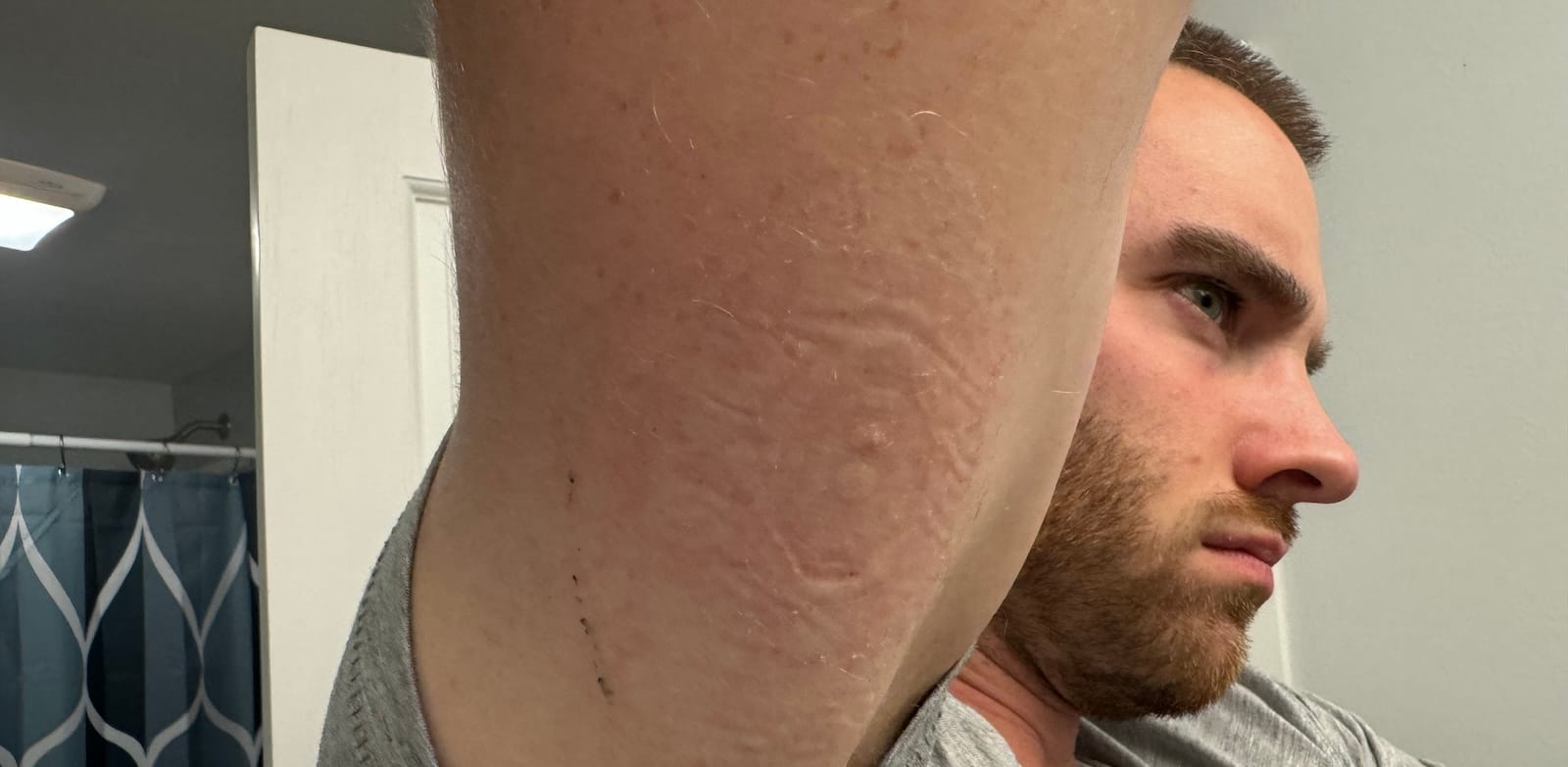
Generally, the sensors weren't painful, but unlike other fitness wearables, you're always subtly reminded that it's there and it requires constant awareness. Pressure or movement can cause discomfort and skew the readings. First time CGM users should adjust to the inconveniences of CGMs after a month or so of use. Hopefully, we'll be able to get glucose data less intrusively in the future.
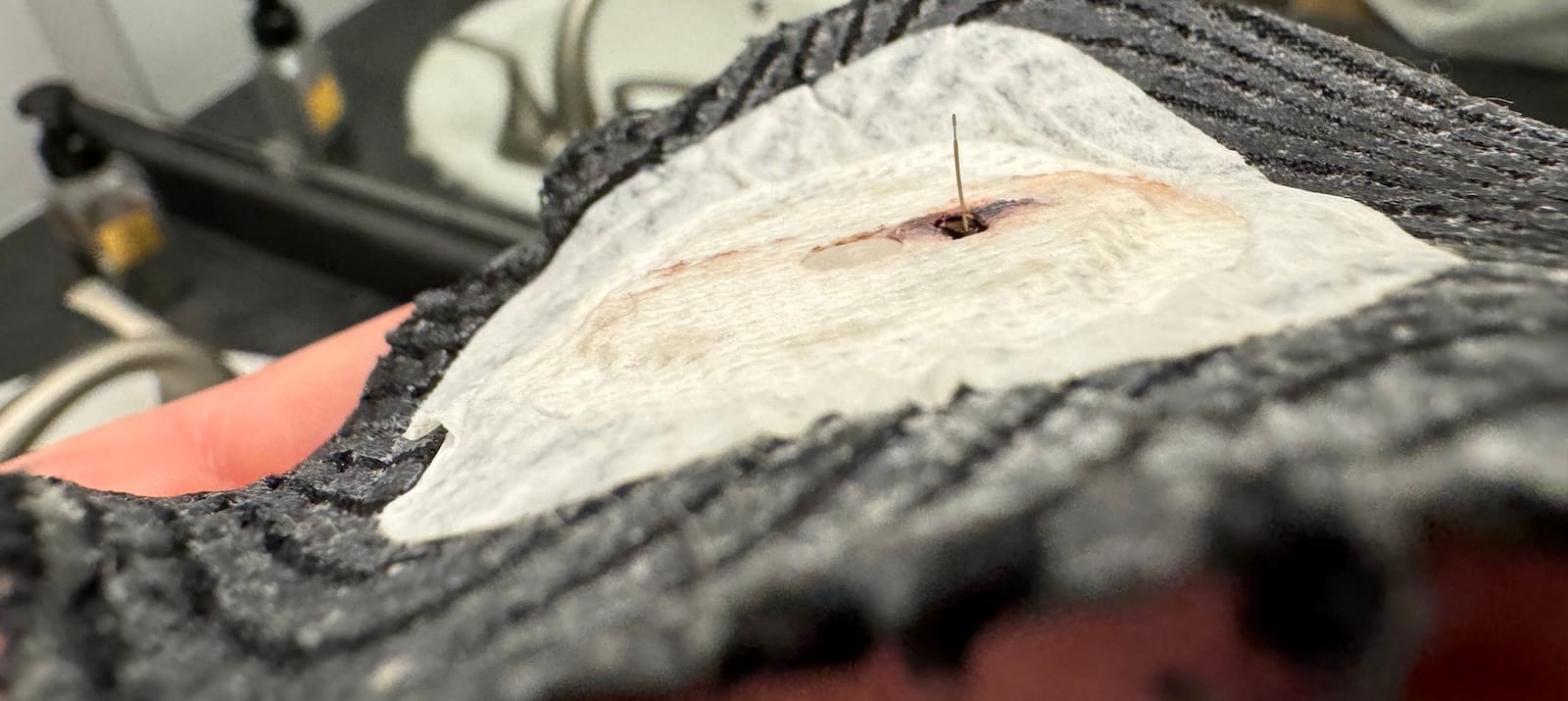
The final downside is that the sensors need to be replaced every 10 days, which takes a least 20 minutes and can feel like taking off an ultra-sticky bandaid. Trust me, a little shaving and Aquaphor in the area will go a long way to make the process less painful. And don't be surprised to see a little bit of blood.
How the Levels App Works
The Levels app design is intuitive. With a quick glance at the home screen and you’ll easily understand what the goals for the day are and how well you’re progressing. The app sets three daily goals: 12 hours of glucose stability, one stable meal, and one healthy habit, which includes varying exercise levels and sleep quality.

The app's home screen displays your average glucose, stability score, and spike duration. The goal is to aim for a stability score above 85. Basically, to feel your best energy-wise you want to avoid spikes, which are defined as any time your glucose rises at least 30 mg/DL and excess 110 mg/DL. Exercise-related spikes aren't counted against you if logged or imported from another device like an Apple Watch.

The app is generally intuitive, but lag issues like waiting up to five seconds for a button to respond were common. These bugs improved with updates but still pop up occasionally, which can get frustrating.
How I Used Levels & What I Learned
My favorite aspect of Levels is its meal scoring system, which tracks how your body responds to food and exercise. Logging meals is simple. You can either snap a quick photo or go deeper with a detailed log of the food you ate. I preferred the detailed log for better tracking, though it can get tedious. Levels combines both food and exercise data into a single score, ranging from 1 to 10, to show how your glucose levels vary from baseline. The system is a fun way to experiment with different foods and tweak your diet for better results.
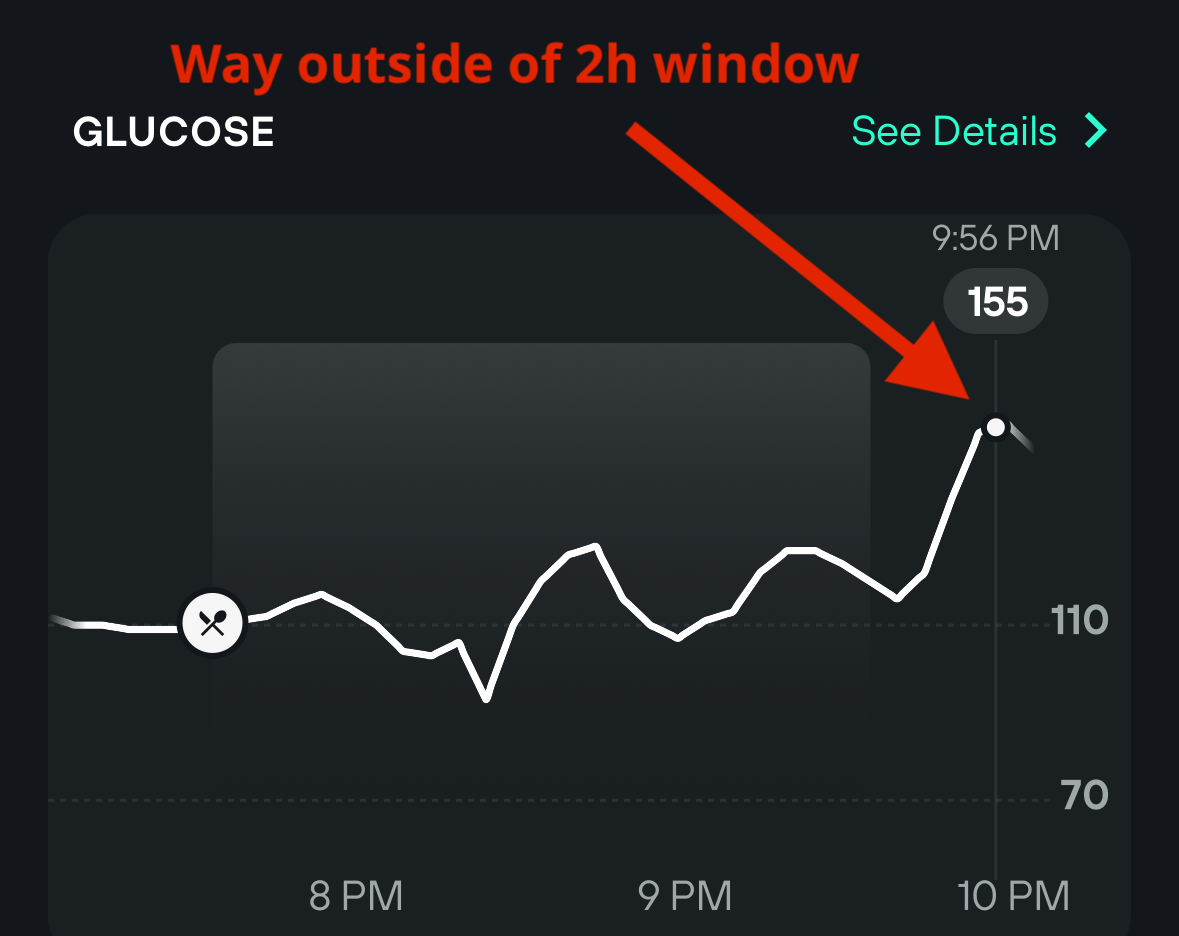
However, a bunch of glucose spikes sometimes happened outside of the standard two-hour window. Thankfully, you can now adjust the analysis window to include spikes that occur up to three hours later, which made things more accurate. The app also integrates a lot of helpful content into the daily timeline, though after a month, most of it shifts to the library, which is also available on Levels’ blog.
The "My Data" tab was especially helpful for tracking long-term trends. I could easily search for 'pizza' and compare my body’s reactions to it each time I had the same meal.
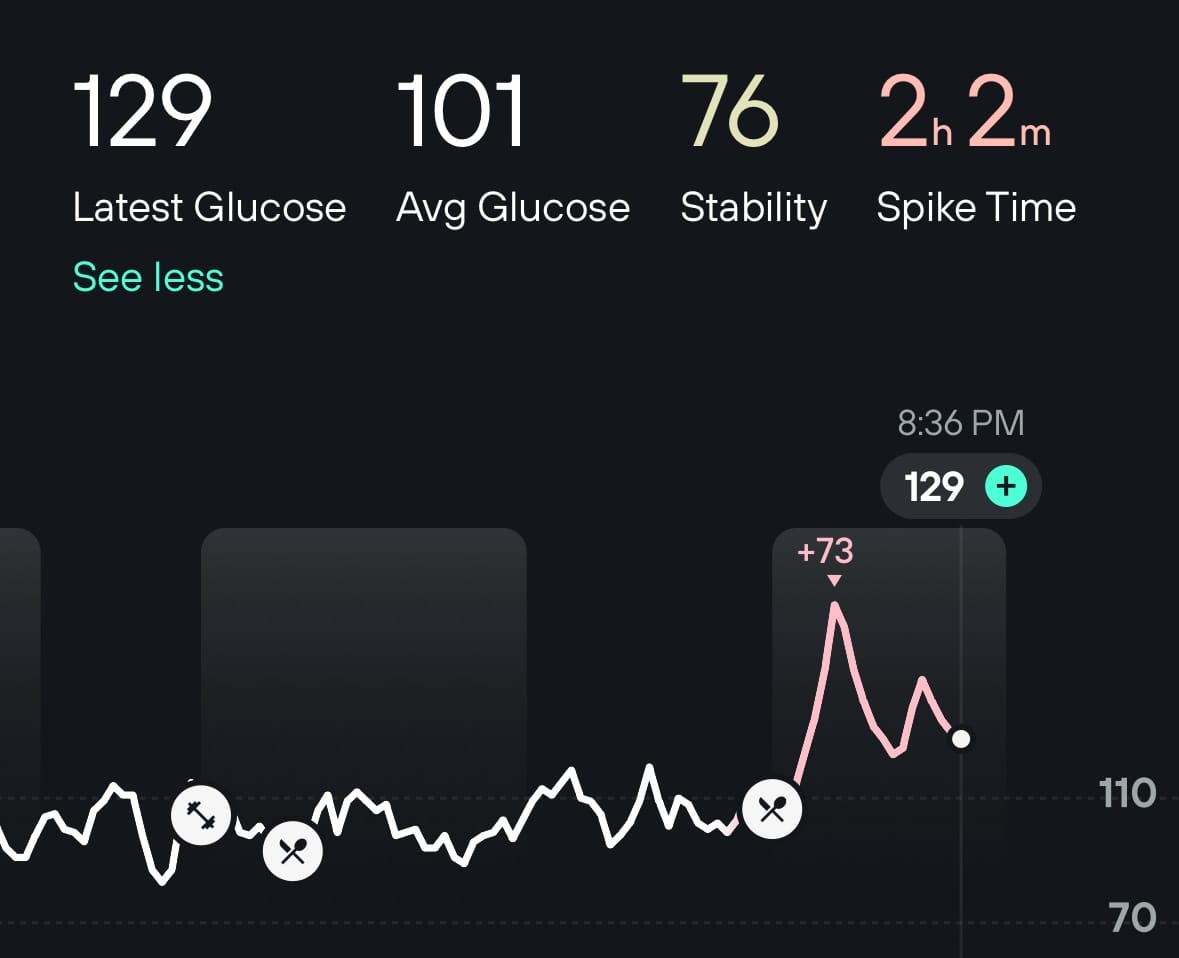
After two months of using Levels, I came away with some interesting insights about my body and how it reacts to food. For example, eating out is impossible due to the high-carb, low-protein meals common in restaurants—especially with meals like pizza and Chinese food, which always led to significant glucose spikes. To balance that, walking for just five minutes after eating could turn an awful 1 score into a slightly less awful 3. For more average meals, though, walking made a larger difference, often transforming a mediocre score (5) into a great (8) one by smoothing out glucose spikes.
The order in which I ate food also mattered too. For instance, if I ate protein and fat before carbs, it reduced the negative impact of things like rice. Cauliflower rice (5 carbs/serving) became a solid alternative to white rice (37 carbs/serving), though it doesn't quite fit my needs when trying to bulk up due to its lower calorie count. Speaking of timing, I discovered that my body handles food better earlier in the day. Meals that earned high scores at lunch tended to fare much worse at dinner, which led me to start eating earlier and reconsider my fasting morning routine. It turns out breakfast really is the most important meal of the day after all!
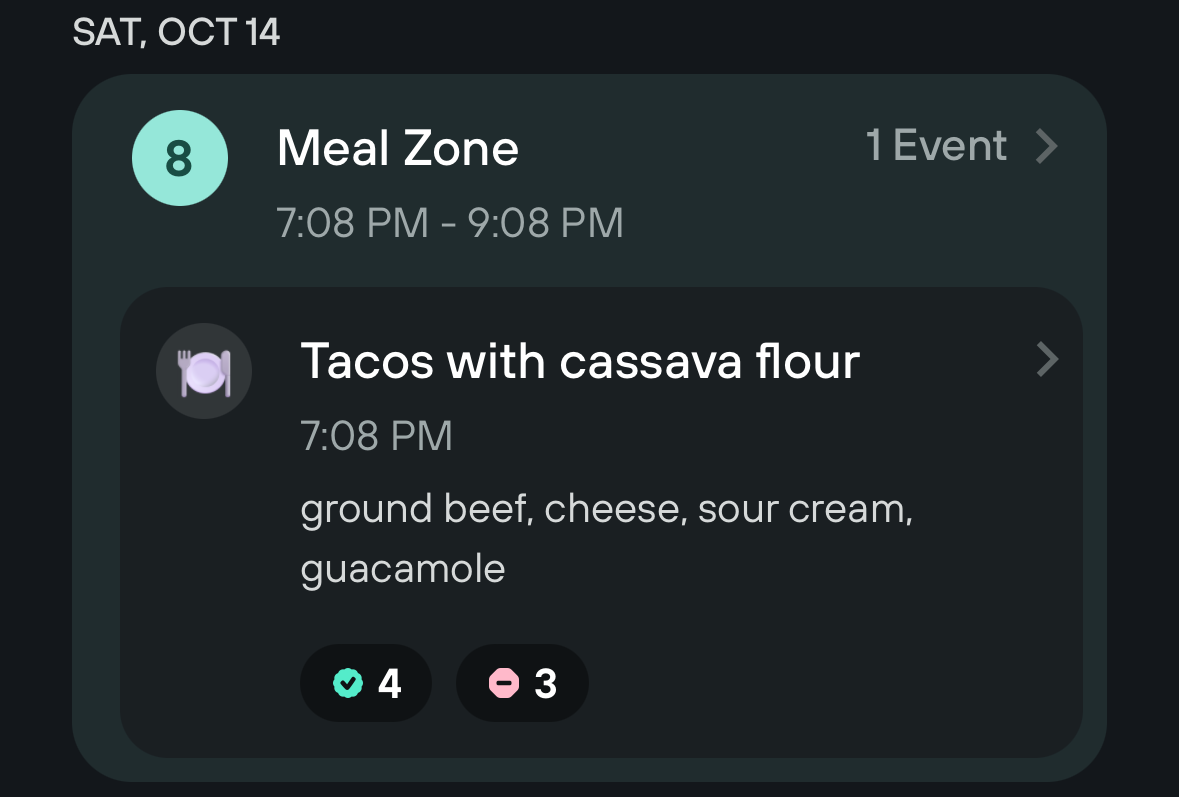
When it comes to specific foods, I found a few new staples. Siete tortilla wraps (48 carbs for 4 wraps) made from cassava or almond flour helped me keep my meal scores in the optimal range, offering a solid calorie boost without the glucose spikes caused by refined flour. However, refined flour is everywhere, and when I tried cauliflower crust pizza, my body loved it, but the taste didn’t come close to the real thing. It had no crispness and was kind of soggy. There won’t be a good substitute for pizza, so if you like pizza, just do it right, but don’t do it often.

For pasta lovers, I found some solid alternatives because no matter how meat-heavy my pasta dishes were, they still caused a decent spike. Palmini noodles worked well with alfredo sauce and chicken, plus they’re low calorie if that's your goal. Chickpea pasta and egg noodles were a happy medium. Banza’s chickpea pasta, while higher in carbs and calories, has 50% more protein and fewer carbs than traditional pasta. It’s not a perfect solution, but switching to chickpea pasta improved my meal scores by a few points, bringing them closer to the 6-8 range.
Who is this for?
The technology, as it stands, isn’t ready for mainstream adoption in terms of convenience or user-friendliness, but that’s not Levels fault. CGMs are simply inconvenient and sometimes uncomfortable. However, the future looks promising, especially once non-invasive glucose tracking is integrated into devices like the Apple Watch or Whoop.
For now, I see Levels as a tool I’ll use once a year for about a month at $240 to get some refreshed insights. For instance, I recently moved to a new state with different restaurants and grocery stores, so I’m eating similar foods but from new brands. I plan to subscribe again soon to recalibrate and see how these foods affect my body compared to last year. A month or two of data collection and testing is more practical than continuous use, which could lead to over-analysis and cost over $2,000 a year.
Levels is great for optimizers and life hackers willing to navigate the growing pains of this tech, and I recommend using it for a couple of months each year. For non-diabetics who want access to a CGM without needing a prescription, Levels is a solid option. But if you already have a CGM and just want Levels to analyze your data, the $200/year app fee probably isn’t worth it. While meal scores and organization are a killer feature, you can likely track your progress manually through the Dexcom app.
Affiliate Disclosure
I self-funded my two-month experience with Levels, and had no prior affiliation with the company. Curious about an affiliate opportunity, I contacted Levels and secured a discount link for my readers. If you use any links in this post to sign up, I’ll receive a commission. While my link isn't unique and can be found elsewhere, using it supports my content, and I appreciate it if you choose to use it.

